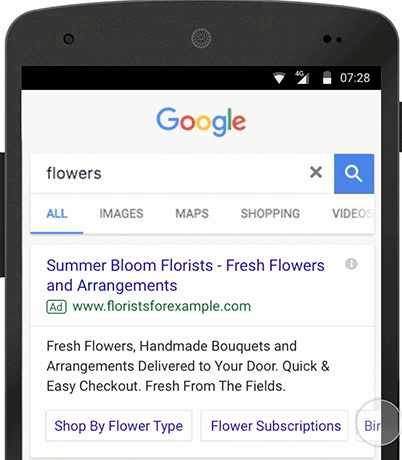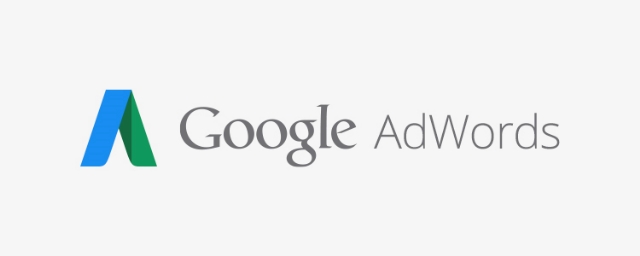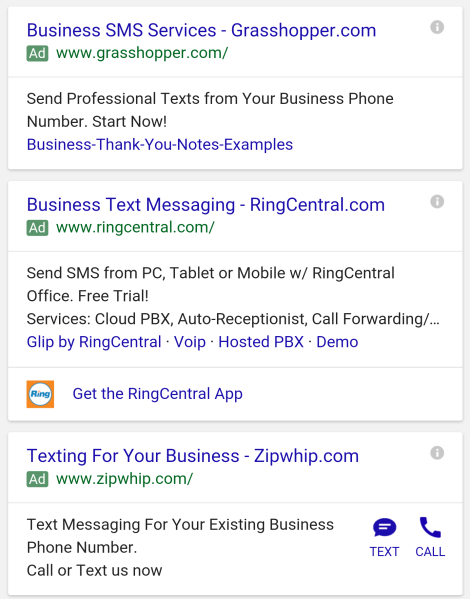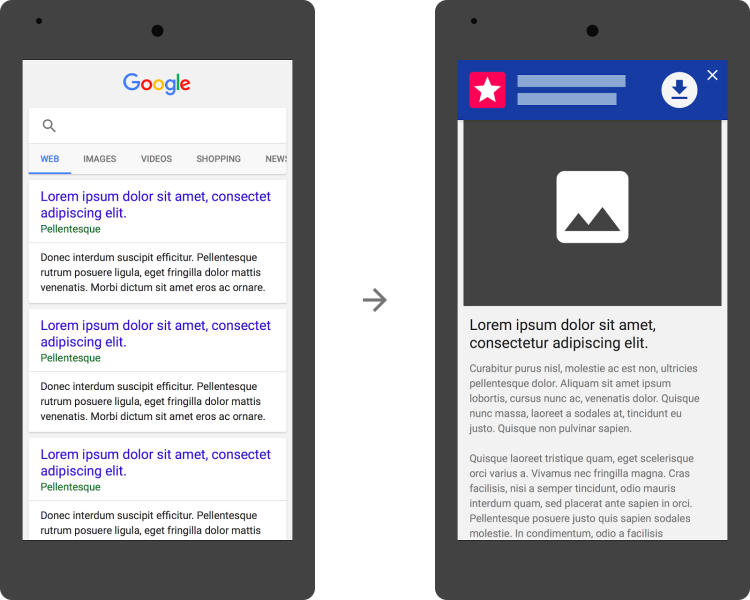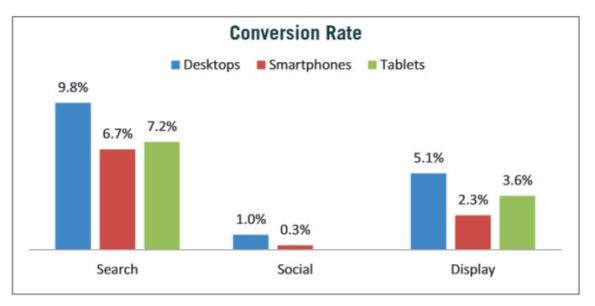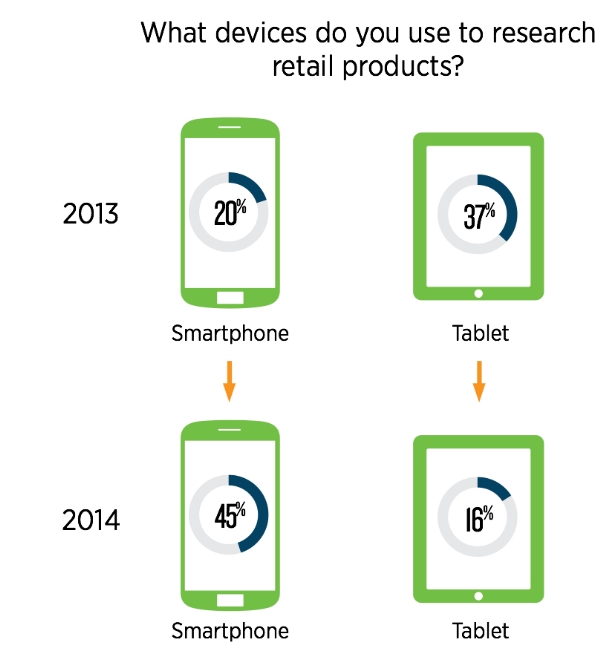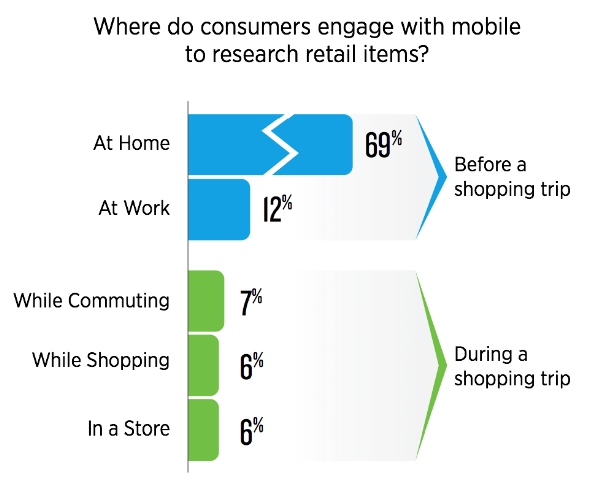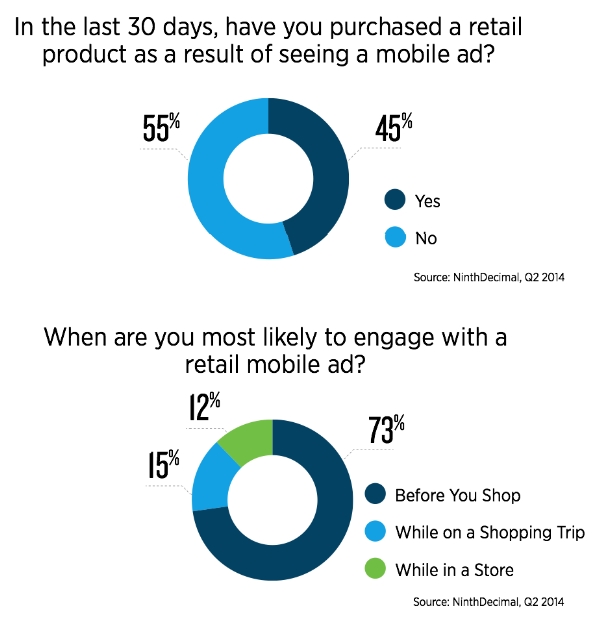App ads on Google’s ad network will soon be eligible to appear in some very high-profile places as the ad platform is expanding app ads to both Google’s Discover feed and within YouTube apps.
Currently, app ads are shown across a wide variety of apps in Google’s display network, as well as the Play Store, Google search results, and in select areas of YouTube.
With the latest announcement, however, these ads will soon be appearing in a few more areas which could be highly rewarding to advertisers.
Google Discover

Starting this week, app campaigns running in the US will automatically be eligible to appear within users’ Discover feeds when they are identified as being potentially interested in your app.
Currently, Google says the Discover feed (formerly known as just the Google Feed) connects more than 800 million people with targeted content every month.
Over the next few months, similar ads within the Discover feed will also be available to those in Malaysia, South Africa, India, Pakistan, Brazil, Canada, Japan, and Indonesia. The company also said it hopes to make the app ads available to all markets before the end of the year.
YouTube
In the same announcement, Google revealed that app ads are now eligible to appear at the top of search results from YouTube’s mobile app. Within the next month, app ads will also start appearing as in-stream video ads while viewing other YouTube videos
Along with these announcements, Google says it is exploring the possibility of allowing ads to also display ads while loading content for users:
“Our new app open ad format allows you to show ads to your users as they wait for your app to load. Designed to seamlessly integrate with your app’s branding, this format gives you new ways to earn revenue while creating a good user experience. Reach out to your account manager to get started with this format in alpha.”


